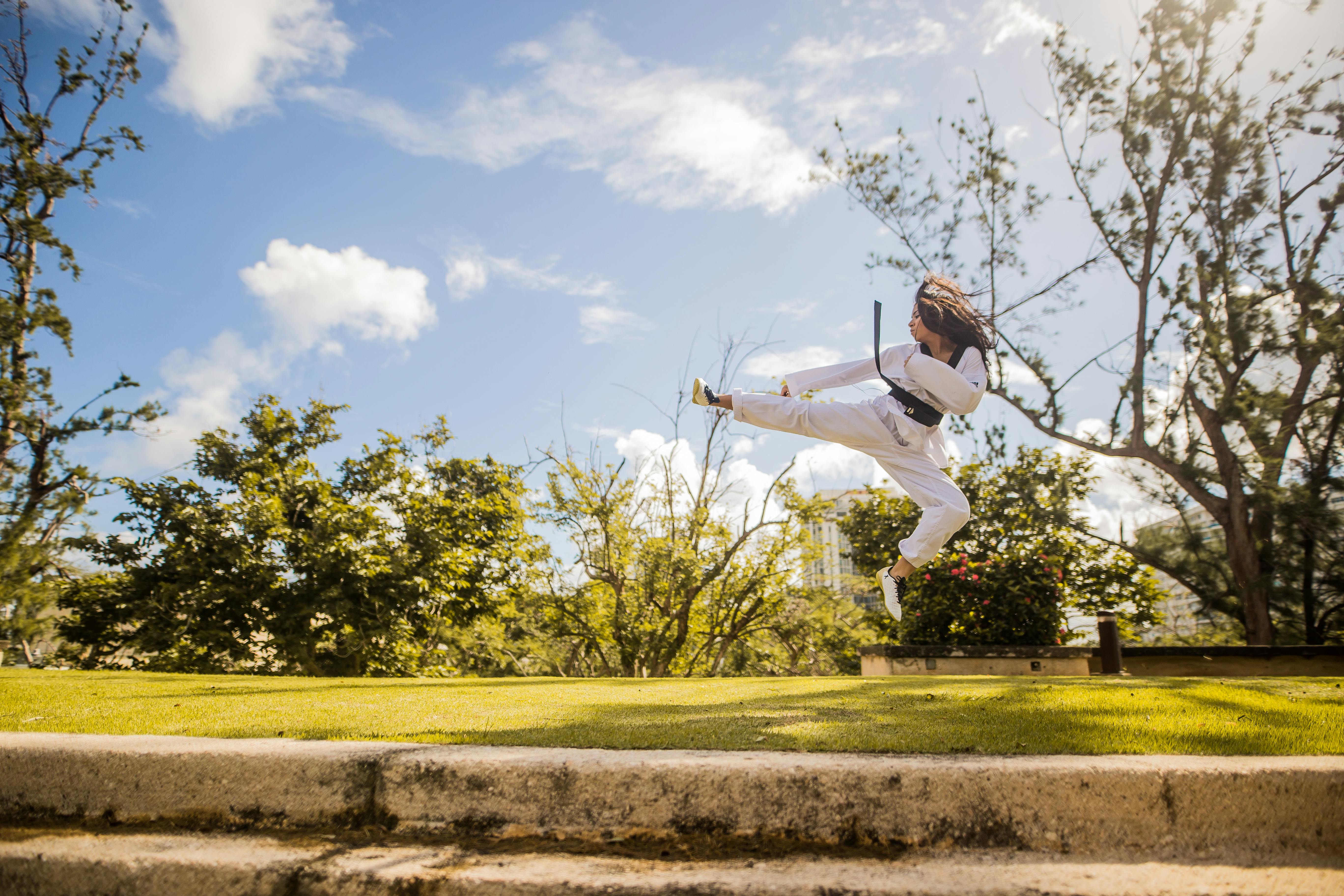Unveiling the Athletic Potential of Mixed Martial Arts
Introduction: Mixed Martial Arts (MMA) has surged in popularity in recent years, captivating a global audience with its unique blend of combat disciplines. This article delves into the rich history of MMA, its current trends, benefits, challenges, and real-world applications.

The Genesis of Mixed Martial Arts
Mixed Martial Arts traces its roots to ancient civilizations, where combat sports were a crucial part of cultural traditions. Early forms of MMA were observed in Greek Pankration, a no-holds-barred combat sport showcased in the first Olympic Games in 648 BC. Fast forward to the 20th century, the sport gained traction when Brazilian Jiu-Jitsu exponent Royce Gracie triumphed in the first Ultimate Fighting Championship (UFC) tournament in 1993, showcasing the effectiveness of different martial arts styles in a real combat scenario.
The Modern Landscape of MMA
Today, MMA has evolved into a highly organized sport, with prominent promotions such as UFC, Bellator MMA, and ONE Championship. These organizations have helped standardize rules and regulations, ensuring the safety of fighters. MMA has also seen a rise in women fighters, breaking gender stereotypes and inspiring a new generation of female athletes.
The Sports Science Behind MMA
MMA training is one of the most physically demanding regimens, requiring a balance of strength, agility, endurance, and flexibility. It involves a variety of training strategies, from high-intensity interval training (HIIT) for cardiovascular endurance to weightlifting for strength and grappling drills for technique mastery. Research has shown that MMA fighters have higher VO2 max levels, an indicator of cardiovascular fitness, compared to other athletes.
The Benefits and Challenges of MMA
MMA provides a full-body workout that improves strength, flexibility, and cardiovascular health. It also enhances mental resilience, discipline, and self-confidence. However, the sport is not without its challenges. Injury rates are high due to the combative nature of the sport, and there is a constant pressure to maintain weight classes, which can lead to unhealthy weight-cutting practices.
MMA in the Real World
For the layperson, MMA training can be a unique way to stay fit, learn self-defense, and build confidence. It also fosters a sense of community, as training often involves partnering with others and working towards common goals. Many schools and gyms now offer MMA classes, making the sport more accessible than ever.
In conclusion, MMA has come a long way from its ancient roots, transforming into a globally recognized sport that challenges both body and mind. As the sport continues to evolve, it will undoubtedly continue to inspire, captivate, and challenge athletes and fitness enthusiasts worldwide.



